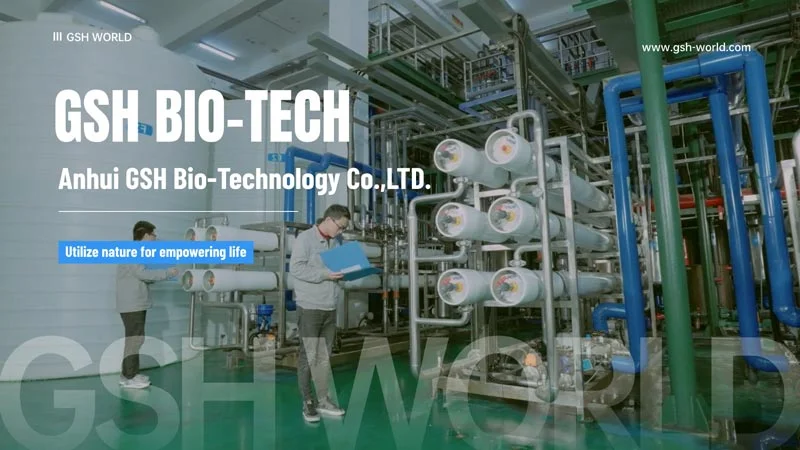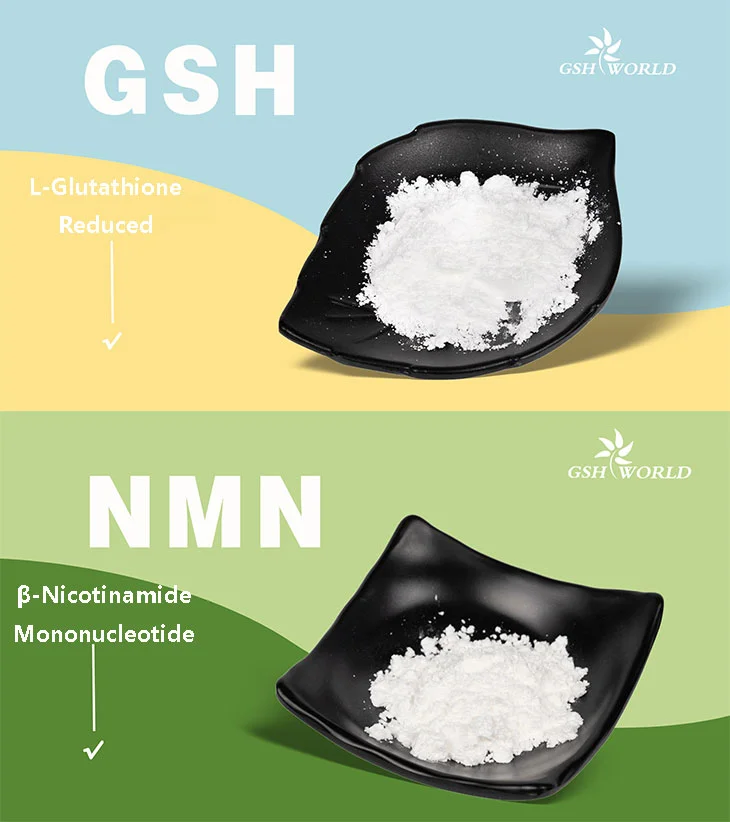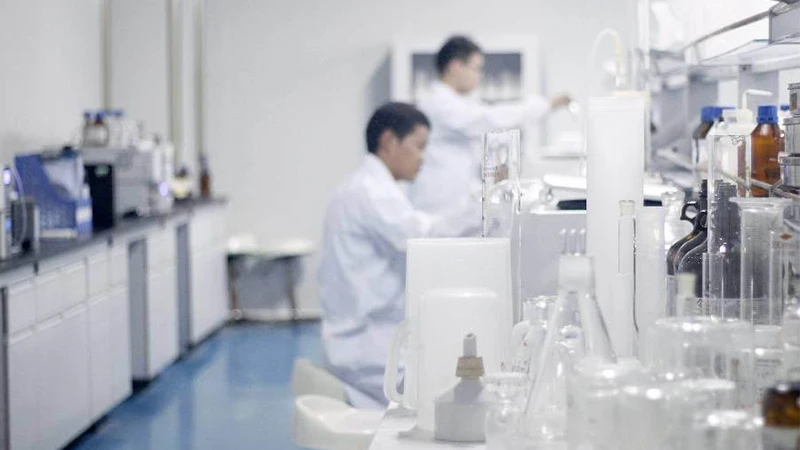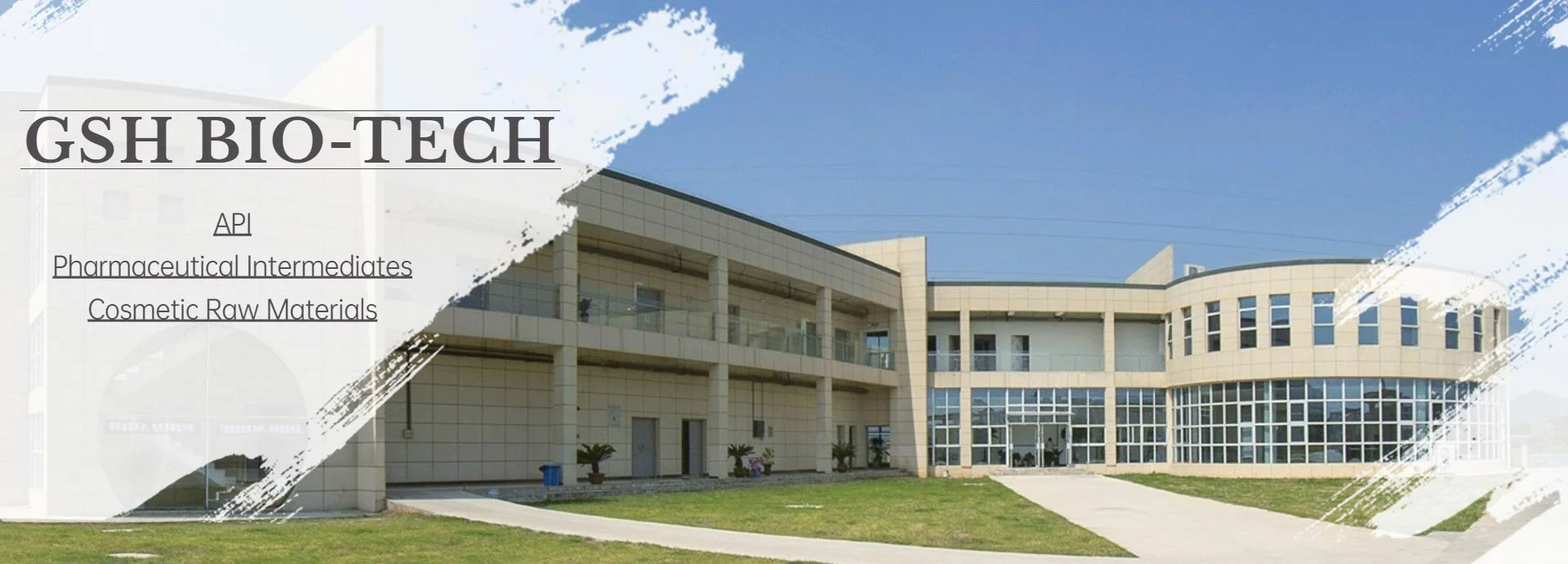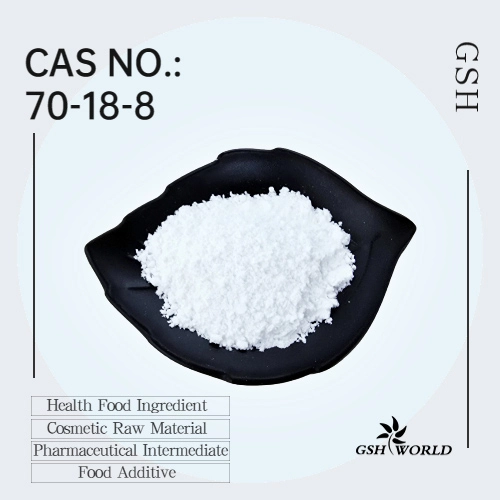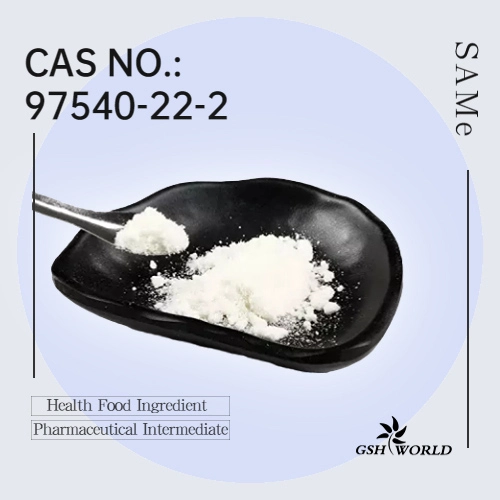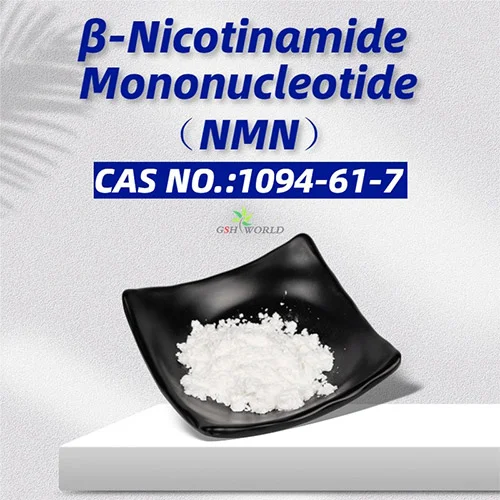Therapeutic Theory of Glutathione Supplements
Glutathione is a tripeptide containing γ-amide bond and sulfhydryl group, composed of glutamic acid, cysteine and glycine, present in almost every cell of the body.
Glutathione has two forms, reduced (GSH) and oxidized (GSSG), and reduced glutathione accounts for the vast majority under physiological conditions. Glutathione reductase can catalyze the interconversion between the two types, and the coenzyme of this enzyme can also provide NADPH for the pentose phosphate bypass metabolism.
Reduced glutathione (GSH) not only acts on animals, but also helps plants, and the dynamic relationship between GSH and reactive oxygen species (ROS) is the basis of redox regulation and signal transmission. Because of the purity of botanical molecular signals, studies have clarified the respective roles of ROS and GSH in plant growth regulation, and found that GSH is a molecule with a small molecular weight and can flexibly regulate genetic and epigenetic functions.
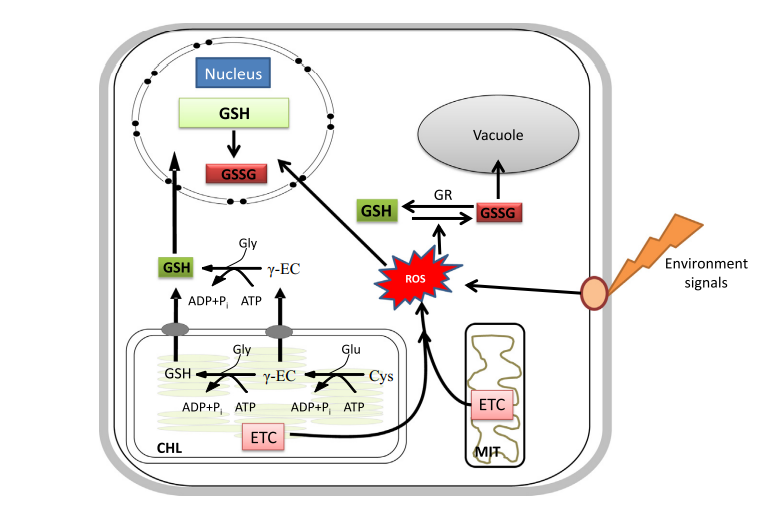
Recent studies have highlighted the important role of GSH in key signal transduction responses such as cell differentiation, proliferation, apoptosis, ferroptosis and immune function. Molecular changes in the glutathione antioxidant system and disturbances in glutathione homeostasis are associated with tumor initiation, progression, and treatment response.
During complex and tightly controlled oxidative processes, such as glycolysis in the cytoplasm, citric acid cycle and oxidative phosphorylation in the mitochondria, electrons are used to power the synthesis of ATP, which then supports the high energy demands of tumor cells. However, during the oxidation of nutrients, electrons can escape and interact with oxygen to form ROS. In most cell types, including tumor cells, mitochondrial redox reactions are the major source of ROS. ROS are produced by NADPH oxidase (NOX) enzymes, located on the plasma membrane of cells, mainly in neutrophils and vascular endothelial cells. To avoid the toxic effects of ROS on DNA, proteins, and lipids, cells have evolved a wide range of antioxidant mechanisms, especially in tumor cells with high redox activity.
Many ROS defense mechanisms rely heavily on GSH. The burden of reactive nitrogen species (RNS) in tumors increases simultaneously with ROS, which are enzymatically generated by nitric oxide synthase (NOS) and distributed in tumor cells, stromal cells, or infiltrating immune cells. NOS activity produces NO gas, which undergoes non-enzymatic reactions with glutathione, major non-protein thiols, and cysteine residues in protein thiols to form s-nitrosoglutathione (GSNO) and s-nitroso Nitrothiols, this process is called S-nitrosylation.
Through these responses and its interactions with many proteins, glutathione is one of the master regulators of cancer cell development, progression, response to therapy and its environment, leading to many therapeutically targeted pathways. This also provides good theoretical support for many glutathione-based dietary nutrition treatments and supplement treatments.
*Special note - This article is for informational purposes only and cannot replace a doctor's treatment diagnosis and advice. It should not be regarded as a recommendation or proof of efficacy of the medical products involved. If it involves disease diagnosis, treatment, and rehabilitation, please be sure to go to a professional medical institution to seek professional advice.
PREVIOUS: NMN may improve depression
by GSHWORLD
GSHWORLD is China Biological API Manufacturer. China Glutathione Supplements powder suppliers & best Glutathione benefits raw material Factory.

